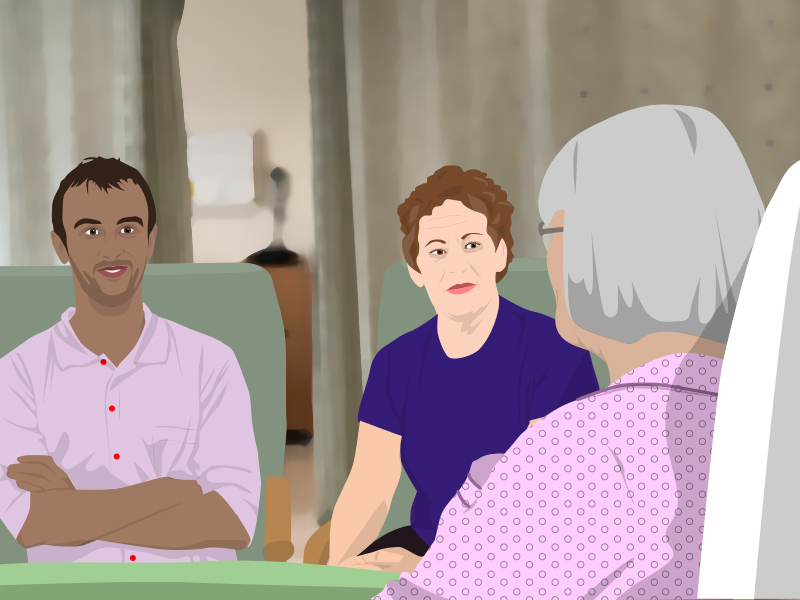
All patients and families should have thrombolysis treatment explained clearly to them, including the benefits and risks.
Start with a brief explanation of what has happened – a stroke due to a blocked blood vessel.
Then explain that brain cells are being damaged – but that if we can unblock the blood vessel we may reduce the amount of damage. This can lead to a better recovery.
Clots busting medication can unblock the blood vessel and improve recovery. However, there is a small risk of complications, most importantly bleeding which may rarely be very severe or fatal.
It may be useful to use written information to support these brief discussions.(see below)
Because Time is brain – it is important not to delay treatment with unnecessarily long discussions about the benefits and risks.
For more detailed information regarding patient and family information see:
- Thrombolysis: patient decision leaflet (June 2017) NHS Lothian [.pdf 222 KB]
- Information for patients re acute treatment including thrombectomy [.pdf, 319KB]
- The Leeds Teaching Hospitals NHS Trust ‘Alteplase, a treatment for stroke’ [.doc, 629 KB]
- Patient UK – Thrombolytic Treatment of Acute Ischaemic Stroke
Angela is able to communicate, so the medical team talk with her.
After a brief discussion about the benefits and risks Angela agrees to have thrombolysis.


